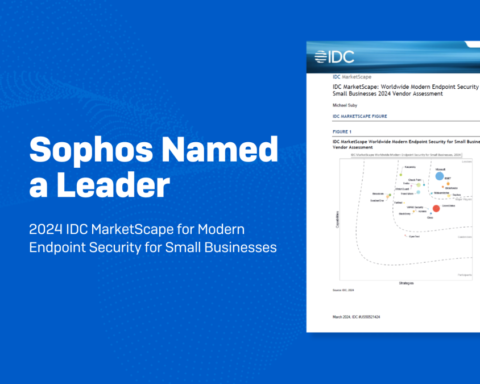 While not a new practice, the sheer volume of people required to adhere to social distancing best practices means we now have a mass workforce working remotely. Most enterprises and SMBs can support working remotely today but many IT departments are not equipped to scale to the numbers currently required. In this blog we discuss the threats to enterprises and SMBs through this increased remote workforce and how to mitigate the risk.
While not a new practice, the sheer volume of people required to adhere to social distancing best practices means we now have a mass workforce working remotely. Most enterprises and SMBs can support working remotely today but many IT departments are not equipped to scale to the numbers currently required. In this blog we discuss the threats to enterprises and SMBs through this increased remote workforce and how to mitigate the risk.
Cybercriminals seek opportunities to achieve their goals and will follow the path of least resistance. The initial access vectors enumerated in MITRE ATT&CK typically used by cybercriminals are phishing or exploitation of vulnerabilities to gain access to an organization, and are used to act on their malicious objectives. Now that employees have migrated to their homes to work remotely, cybercriminals will target the insecurities of consumer systems and networks to gain access to corporations. Targeted ransomware attacks are fueling the increased demand in the underground for compromised corporate networks. If employees access corporate networks from pre-infected unmanaged machines without adequate security measures, it creates a much larger attack surface for cybercriminals. This increases the risk of an organization falling victim to a potential breach and ransomware lockdown.
COVID-19 social distancing restrictions came into effect very rapidly, giving organizations little time to prepare for securely managing their workforce remotely. It is important that organizations continue to do business during this tough time, but they must also do it securely to prevent an attack such as ransomware. To protect organizations in this current climate we must approach this from two perspectives:
-
Know your environment and users
-
Know your business and real threats







